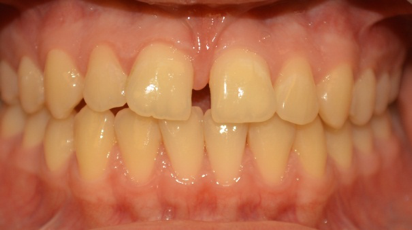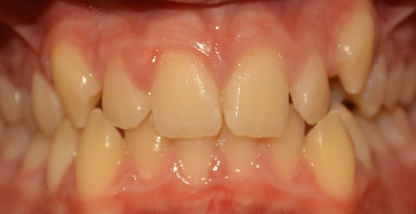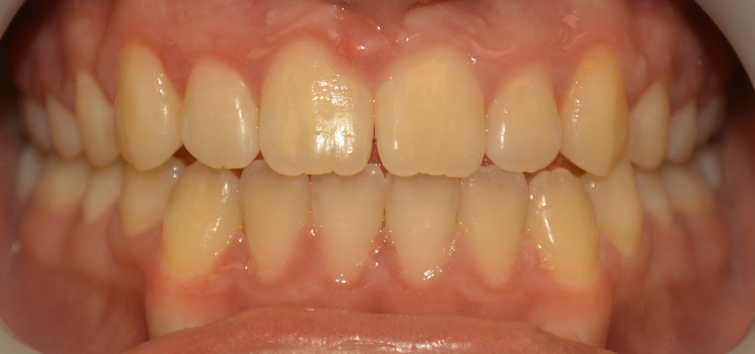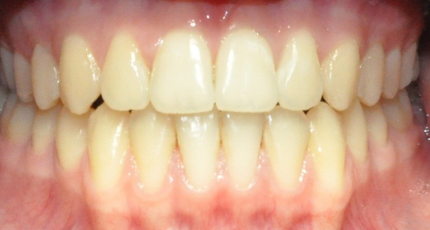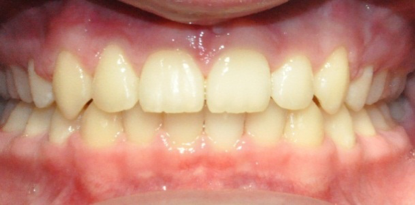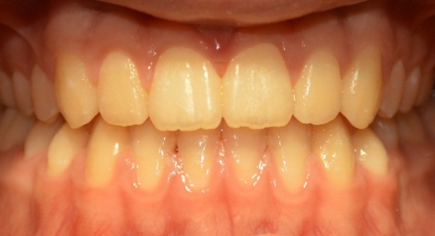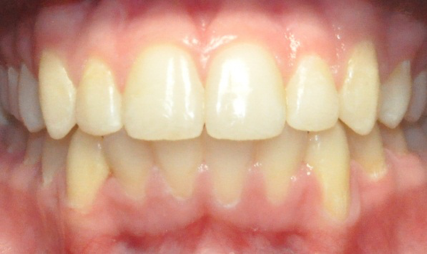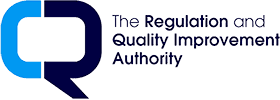Since April 2006, the Index of Treatment Need (IOTN) has been used to asses if patients under 18 are eligible for NHS funded treatment.
Zen uses this assessment on all NHS patients in the full permanent dentition to determine if they qualify for NHS funded treatment. If they do not qualify we can still offer them treatment but this will only be on an independent of private basis.
The IOTN scale is split into two components: The Dental health component and the Aesthetic component. To be eligible for free NHS treatment, the overall score must be 3.6 or higher. The first number relates to the dental health component and the second to the Aesthetic component.
1. Dental Health Component
This consists of a ten-point scale illustrated by a series of photographs which were rated for attractiveness by a lay panel and selected as being equidistantly spaced through the range of grades. A rating is allocated for overall dental attractiveness rather than specific similarities to the photographs. The final value reflects the treatment need on the grounds of aesthetic impairment and by implication the sociopsychological need for orthodontic treatment. Both parents and patients find this easy to apply and there is a high level of agreement between the scores obtained by dentists, parents and children.
Grade 1 – No Treatment required
Extremely minor malocclusions, including displacements less than 1 mm
Grade 2 – Little need
Increased Overjet > 3.5 mm but <= 6 mm (with competent lips) Reverse overjet greater than 0 mm but <= 1mm Anterior or posterior Crossbite with <= 1mm discrepancy between retruded contact position and intercuspal position Displacement of teeth > 1mm but <= 2mm Anterior or posterior open bite > 1mm but <= 2mm Increased overbite >= 3.5mm (without gingival contact)
Pre normal or post normal occlusions with no other anomalies. Includes up to half a unit discrepancy
Grade 3 – Borderline need
Increased overjet > 3.5 mm but <= 6 mm (incompetent lips) Reverse overjet greater than 1 mm but <= 3.5mm Anterior or posterior crossbites with >1mm but <= 2mm discrepancy between the retruded contact position and intercuspal position Displacement of teeth >2mm but <=4mm Lateral or anterior open bite > 2mm but <= 4mm Increased and incomplete overbite without gingival or palatal trauma
Grade 4 – Treatment required
Increased overjet > 6mm but <= 9 mm Reverse overjet > 3.5 mm with no masticatory or speech difficulties
Anterior or posterior crossbites with > 2 mm discrepancy between the retruded contact position and intercuspal position
Severe displacements of teeth > 4
Extreme lateral or anterior open bites > 4 mm
Increased and complete overbite with gingival or palatal trauma
Less extensive hypodontia requiring pre-restorative orthodontics or orthodontic space closure to obviate the need for a prosthesis
Posterior lingual crossbite with no functional occlusal contact in one or more buccal segments
Reverse overjet > 1 mm but < 3.5 mm with recorded masticatory and speech difficulties Partially erupted teeth, tipped and impacted against adjacent teeth Existing supernumerary teeth
Grade 5 – Treatment required
Increased overjet > 9 mm
Extensive hypodontia with restorative implications (more than one tooth missing in any quadrant requiring pre-restorative orthodontics)
Impeded eruption of teeth (apart from 3rd molars) due to crowding, displacement, the presence of supernumerary teeth, retained deciduous teeth, and any pathological cause
Reverse overjet > 3.5 mm with reported masticatory and speech difficulties
Defects of cleft lip and palate
Submerged deciduous teeth
2. The Aesthetic Component
This consists of a ten-point scale illustrated by a series of photographs which were rated for attractiveness by a lay panel and selected as being equidistantly spaced through the range of grades. A rating is allocated for overall dental attractiveness rather than specific similarities to the photographs. The final value reflects the treatment need on the grounds of aesthetic impairment and by implication the sociopsychological need for orthodontic treatment. Both parents and patients find this easy to apply and there is a high level of agreement between the scores obtained by dentists, parents and children.
Grade 1-4 = Little or no treatment required
Grade 5 – 6 = Moderate or borderline treatment required
Grade 7 – 10 = Great need for treatment
Opening Hours
Monday, Tuesday & Friday
9:10am – 4:30pm
Wednesday & Thursday
9:10am – 7:00pm
Referring to Zen
No matter the IOTN, please feel free to refer the patient onto Zen so that we carry out the necessary IOTN steps on our part and assure you of our best service at all times.
So what are you waiting for?
Start your smile journey now. Simply ring us and let us help you.

